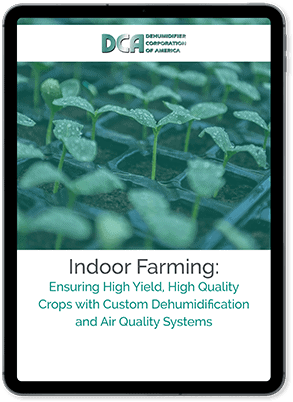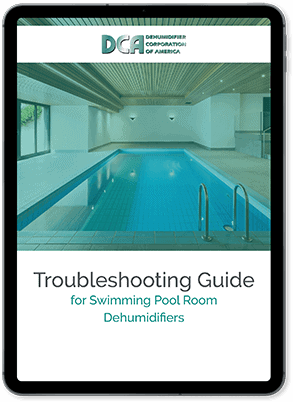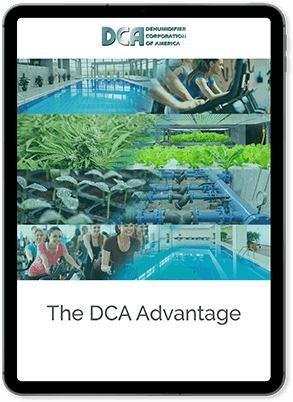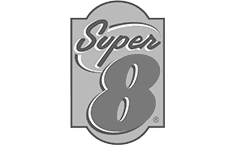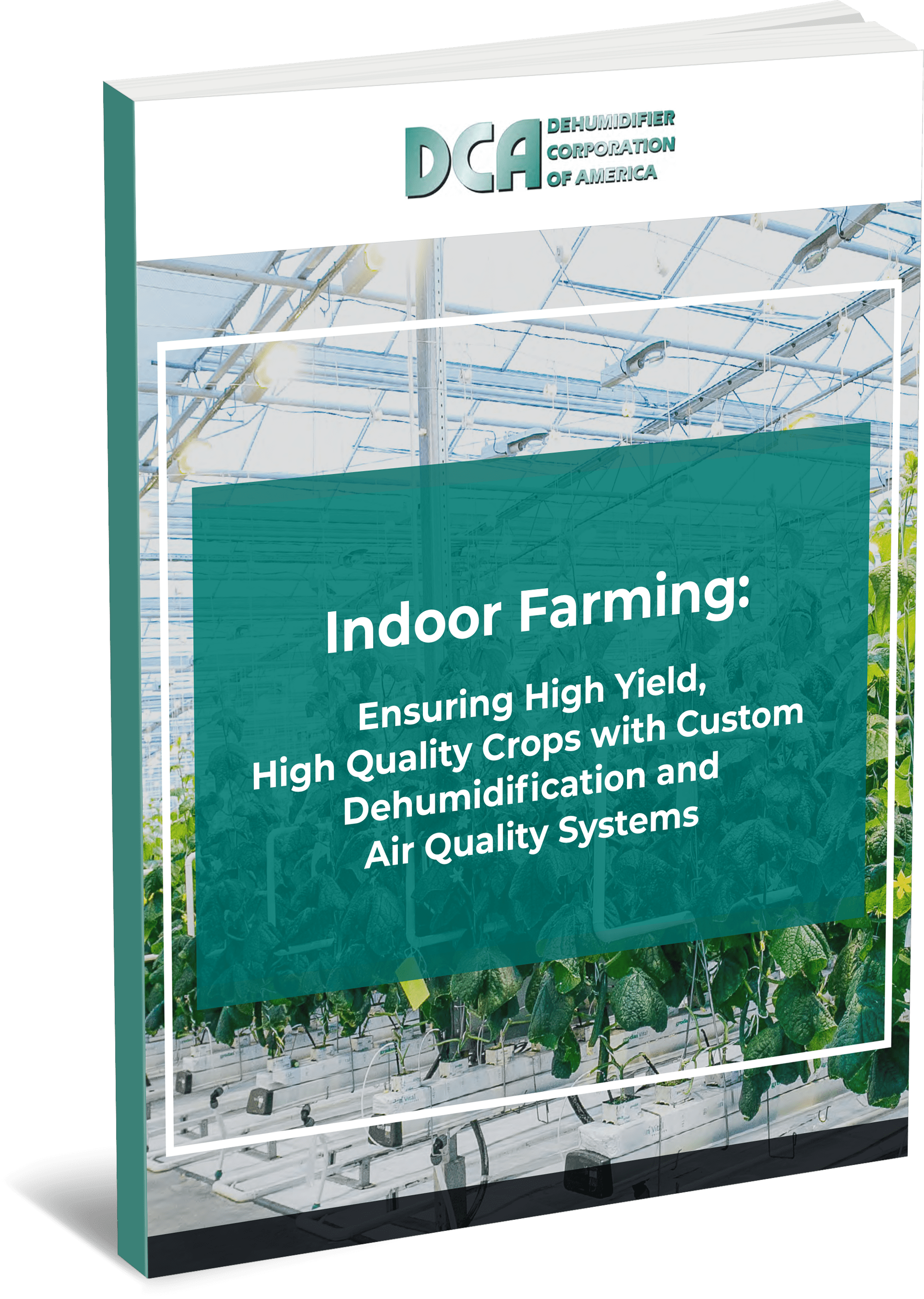In recent years, indoor farming has been on the rise, seeing rapid expansions in scope and various advancements in technology. The advent of vertical farming methods has proven a particularly pivotal innovation in indoor farming.
Previously, indoor farmers treated growing spaces essentially as indoor fields, a single plane of growing space that happened to be enclosed within a structure. The first iteration of vertical farming made use of numerous stacked growing planes — horizontal fields on top of horizontal fields. While this significantly increased growing space in indoor farms, it led to lower yields and reduced quality; poor air circulation and inferior lighting, for instance, were common issues.
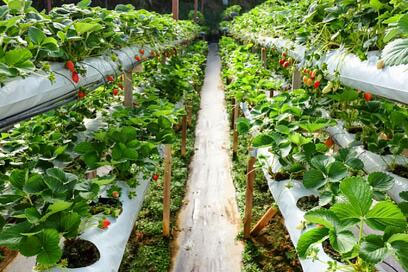
Two new types of vertical farming are now gaining ground, however. The first is the configuration of vertically aligned “fields,” in which plants are grown on the sides of specially designed trellises. The second method utilizes specialized drums with a grow lamp in their center for 360° plant growth along the interior of the drum. The drums themselves can be installed in stacked rows within indoor grow spaces.
These new indoor vertical farming methods stand to revolutionize the indoor farming industry, promising better growing conditions, increased yield, and optimized profitability.
Optimize Plant Growth with Dehumidifiers
Indoor farming is unique in that it gives complete environmental control to farmers, including:
- Temperature
- Light intensity
- Light duration
- Plant nutrition
- Humidity levels, and more
Each of these factors can all be controlled to ensure healthy, high-yield crops. Dehumidifiers and dehumidification systems play a major role in controlling several of these conditions, including humidity.
Most food crops thrive in an environment with 40% to 50% humidity. Water vapor, a byproduct of plant transpiration, can build up in indoor farming structures, even those equipped with passive ventilation systems. Aside from causing issues such as the corrosion of metal equipment, trapped water vapor increases humidity in the growing environment. Dehumidifiers, however, can help maintain ideal humidity levels.
Dehumidification systems can also be made to recapture that water vapor and circulate it into the growing system itself. In California, one of the nation’s most agriculturally rich states, anywhere from 1800 to 3500 cubic meters of water may be required to grow an acre of lettuce. In a vertical, indoor farm with a water capturing and recirculating dehumidification system, requirements for new water can drop to as low as 14 cubic meters, allowing for drastically reduced resource use and costs.
Dehumidifiers also play an important role in maintaining temperatures, the ideal range being between 77 °F and 87 °F, as well as maintaining proper CO2 levels, minimizing the possibility of mold growth, and more.
When Growing Climate Goes Unchecked
Failing to properly moderate humidity levels in indoor farms can lead to a range of issues, starting with growth: Low humidity will lead to undergrowth while high humidity can cause bolting, both of which result in lesser-quality crops and lower yields.
Excessively high humidity can cause explosive growth of fungus, mildew, mold, and other potentially hazardous organisms, not only on crops but also on and in sensitive equipment. Failing to treat such molds or fungi can lead to complete crop loss; remediation of such growths, however, which often requires harsh chemicals, poses the same risk. And if growths are bad enough to reach the interior of equipment, such as ventilation systems, they can recur very easily.
Dehumidifier Corp. of America and Vertical Farming Dehumidification
Dehumidifier Corp. of America (DCA) manufactures a variety of dehumidifiers and dehumidification systems that are suitable for both horizontal and vertical indoor farming applications; we offer options for both indoor and outdoor mounting, rooftop curb mounting, and water source cooling.
The team at DCA has been working with indoor farmers for years to develop high-quality, reliable dehumidifiers and dehumidification systems. Through our state-of-the-art manufacturing facilities and processes, we proudly offer products that provide trouble-free automatic operation, reduced maintenance, and improved productivity, as well as a comprehensive three-year warranty.
To learn more, or to discuss your specific vertical farming dehumidification needs, contact us today.



